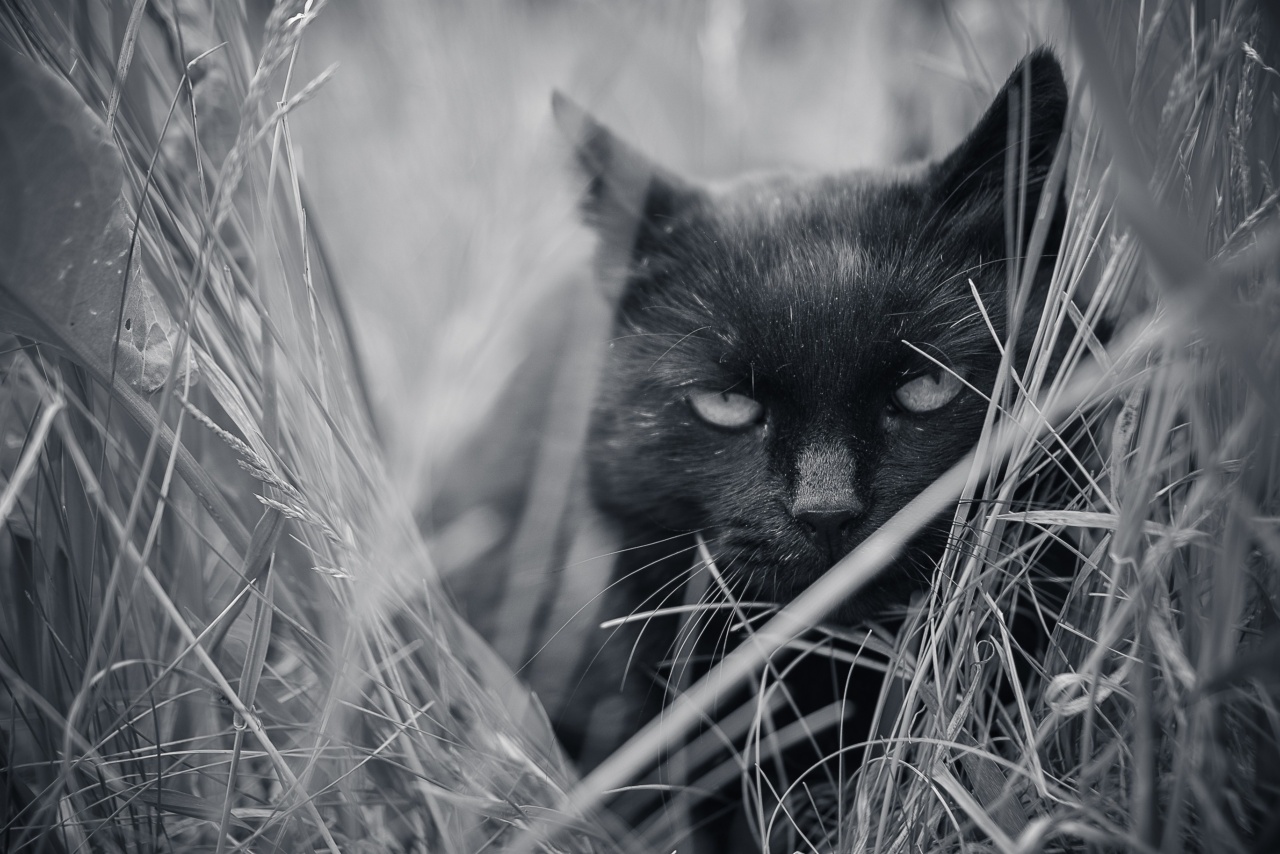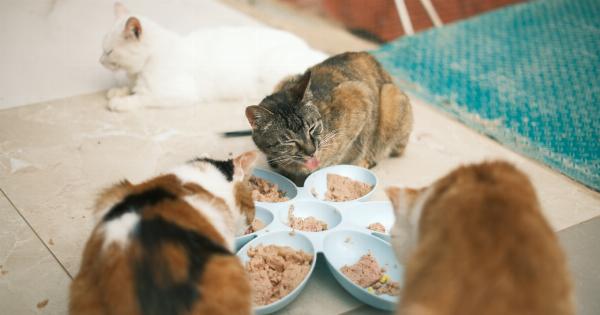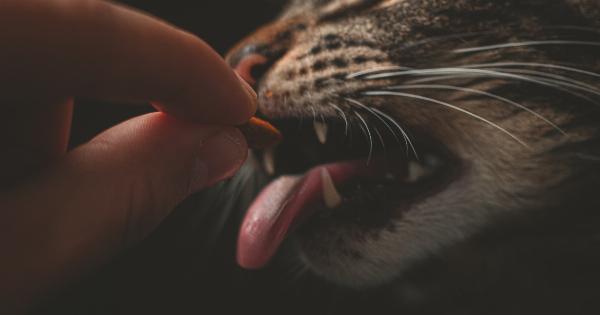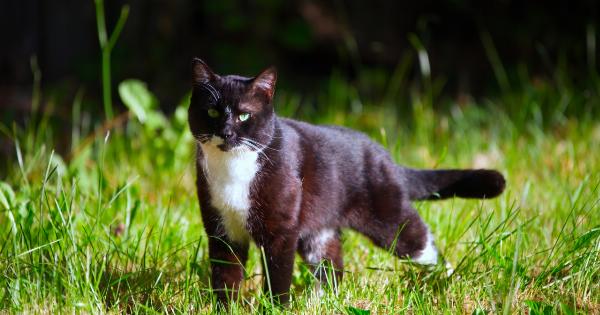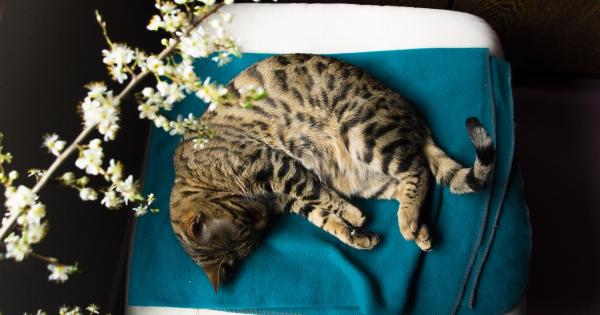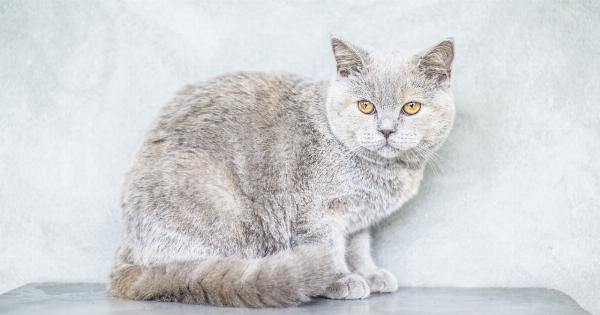Cats are mysterious creatures, known for their independent nature and occasional peculiarities. While most cat behaviors are perfectly normal, there are certain symptoms that should never be ignored.
These behavioral changes can serve as early warning signs of underlying health issues or emotional distress. As a responsible cat owner, it is crucial to recognize and understand these worrisome behavioral symptoms to ensure the well-being of your feline companion. In this article, we will discuss four worrisome cat behaviors that should be monitored closely.
1. Excessive Aggression
Cats are generally playful and affectionate, but excessive aggression can be a cause for concern.
If your once-friendly cat suddenly becomes aggressive towards people or other animals, it could indicate an underlying medical condition, pain, fear, or stress. Observing the context in which the aggression occurs can help determine the cause. If the aggression seems unwarranted or the cat is constantly on edge, consult a veterinarian for a thorough examination.
2. Changes in Eating Habits
Any sudden changes in your cat’s eating habits can be a red flag. If your cat, who is typically a hearty eater, stops or significantly reduces their food intake, it may signal an underlying health problem.
Conversely, an increase in appetite without any apparent reason can also be a cause for concern. Unexplained weight loss or gain, vomiting, diarrhea, or refusal to eat can all be signs of various medical issues, ranging from dental problems to digestive disorders or even systemic diseases.
If your cat exhibits any of these symptoms, it is essential to consult with a veterinarian promptly.
3. Excessive Grooming or Scratching
Cats are known for their fastidious grooming habits, but excessive grooming or scratching beyond the normal range can indicate a problem.
Over-grooming can lead to hair loss, skin inflammation, and even self-inflicted injuries due to excessive scratching. Allergies, parasites, skin infections, or underlying anxiety issues can trigger these behaviors. Consult a veterinarian to rule out any underlying medical conditions and to develop a proper treatment plan.
4. Changes in Litter Box Habits
Changes in your cat’s litter box habits can provide valuable insights into their overall health.
If your cat suddenly starts urinating or defecating outside of the litter box, it may indicate a medical issue such as urinary tract infection, bladder stones, or kidney disease. Additionally, frequent attempts to use the litter box without producing any urine or feces, vocalizing during elimination, or reluctance to use the litter box can also be signs of concern.
Behavioral changes due to stress or anxiety can also result in inappropriate elimination. Consulting with a veterinarian is crucial to rule out any medical issues and address any underlying behavioral concerns.
Conclusion
Cats, like humans, can experience a wide range of emotions and exhibit behavioral changes due to both physical and psychological factors.
As a loving cat owner, it is essential to be observant and responsive to any worrisome symptoms that your feline friend may display. Excessive aggression, changes in eating habits, excessive grooming or scratching, and changes in litter box habits are just a few of the symptoms that should be taken seriously.
Always consult with a veterinarian if you notice any concerning behaviors in your cat, as they are the best equipped to diagnose and treat any underlying issues. By staying vigilant and addressing these symptoms promptly, you can help ensure the health and happiness of your beloved cat.
